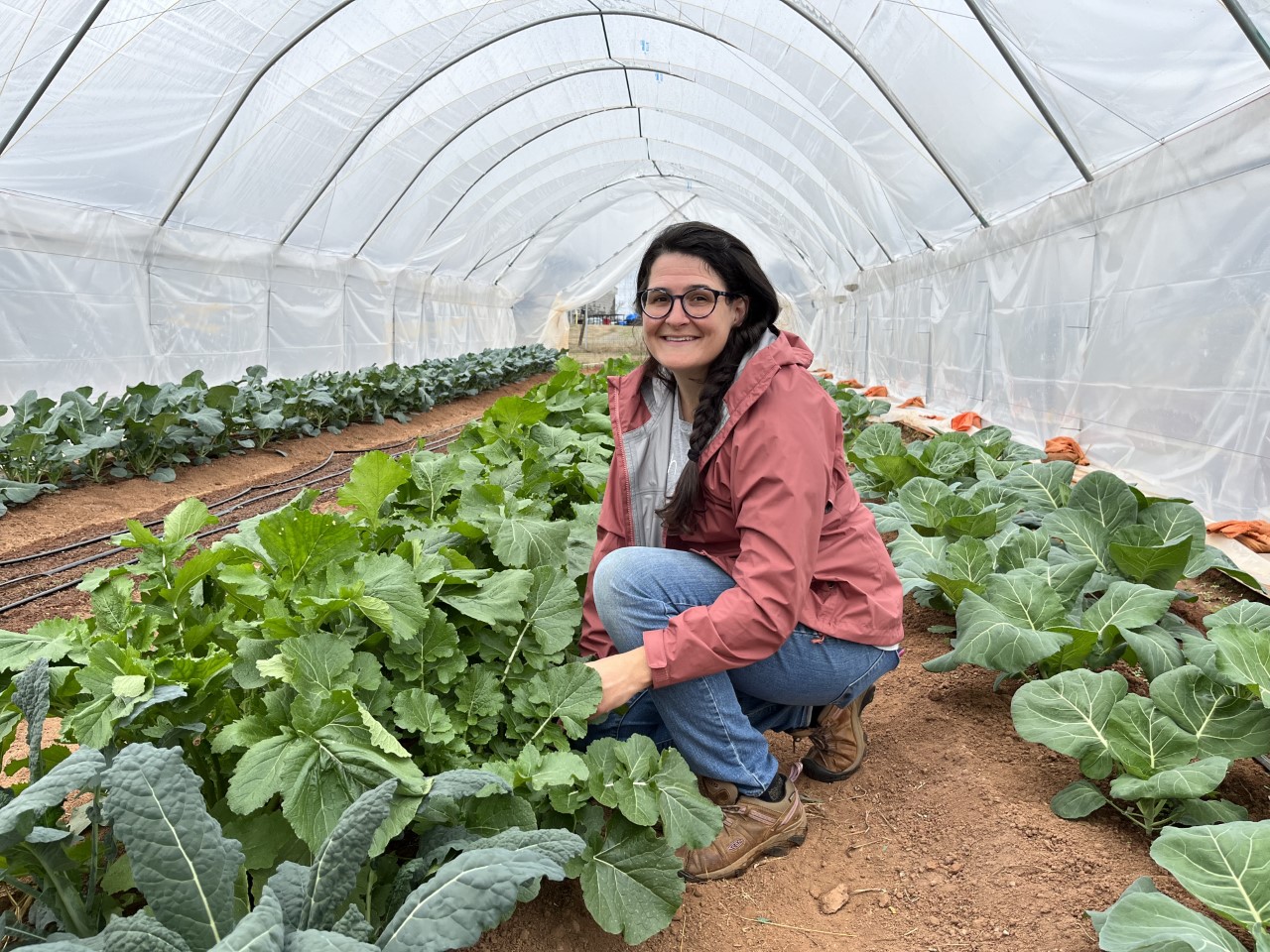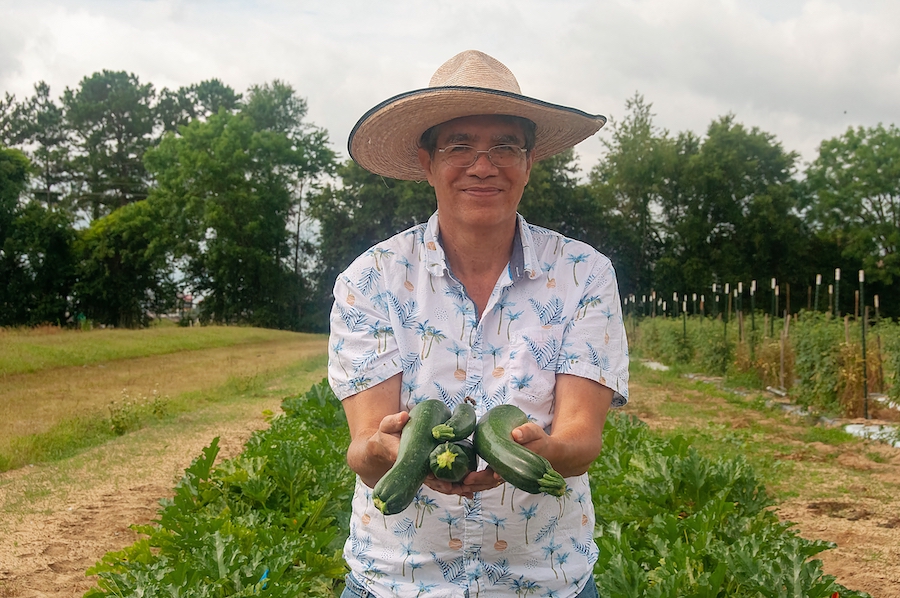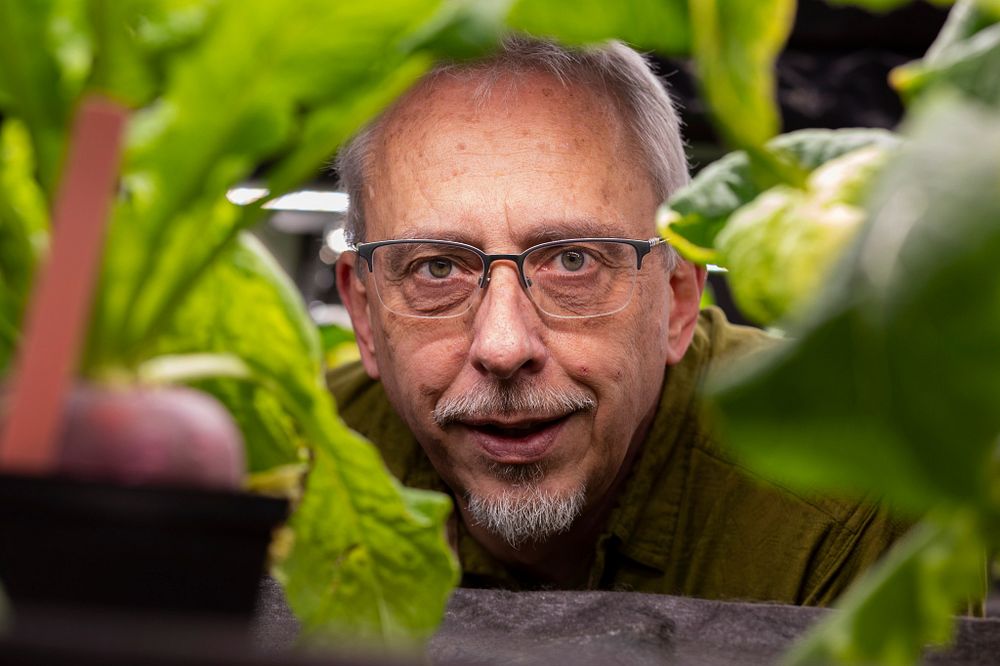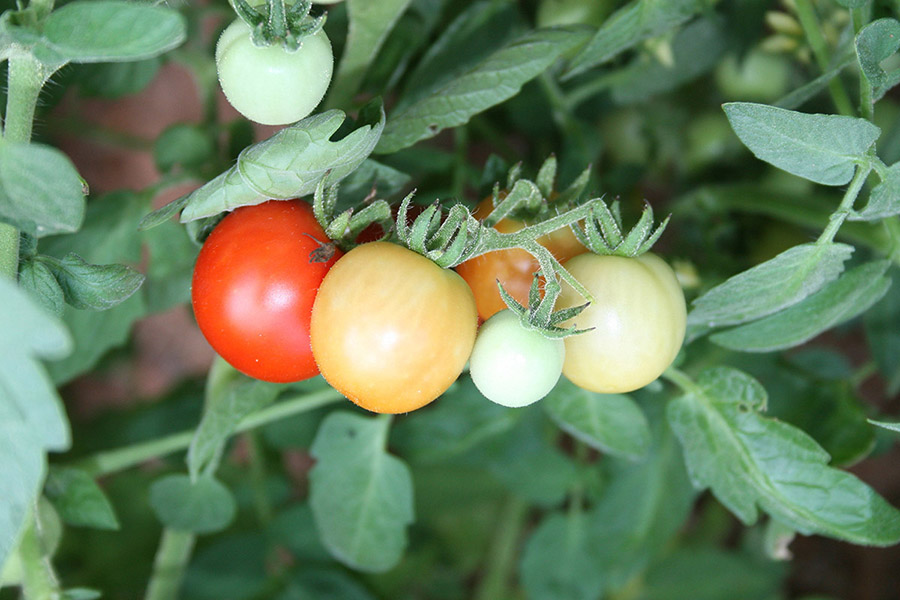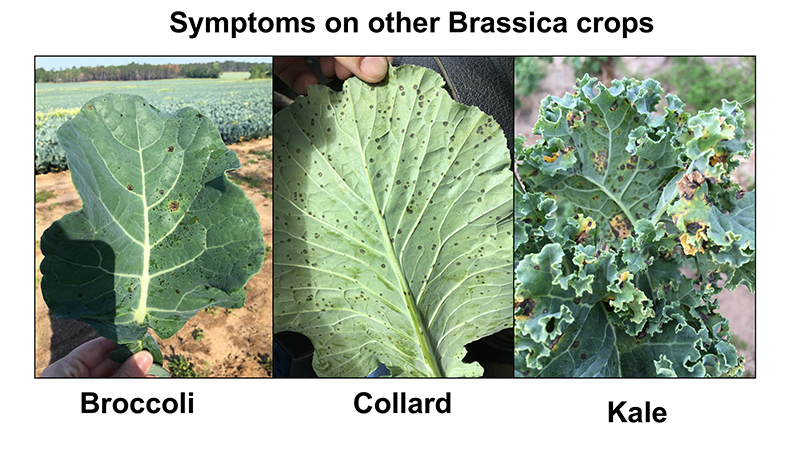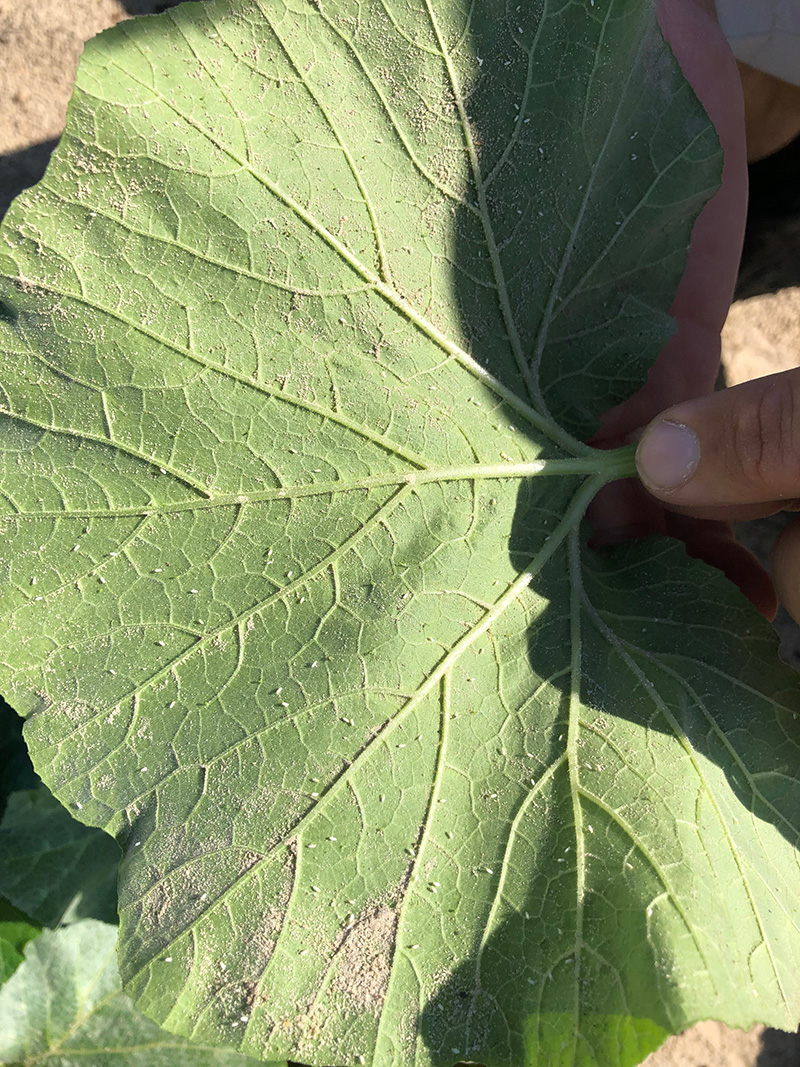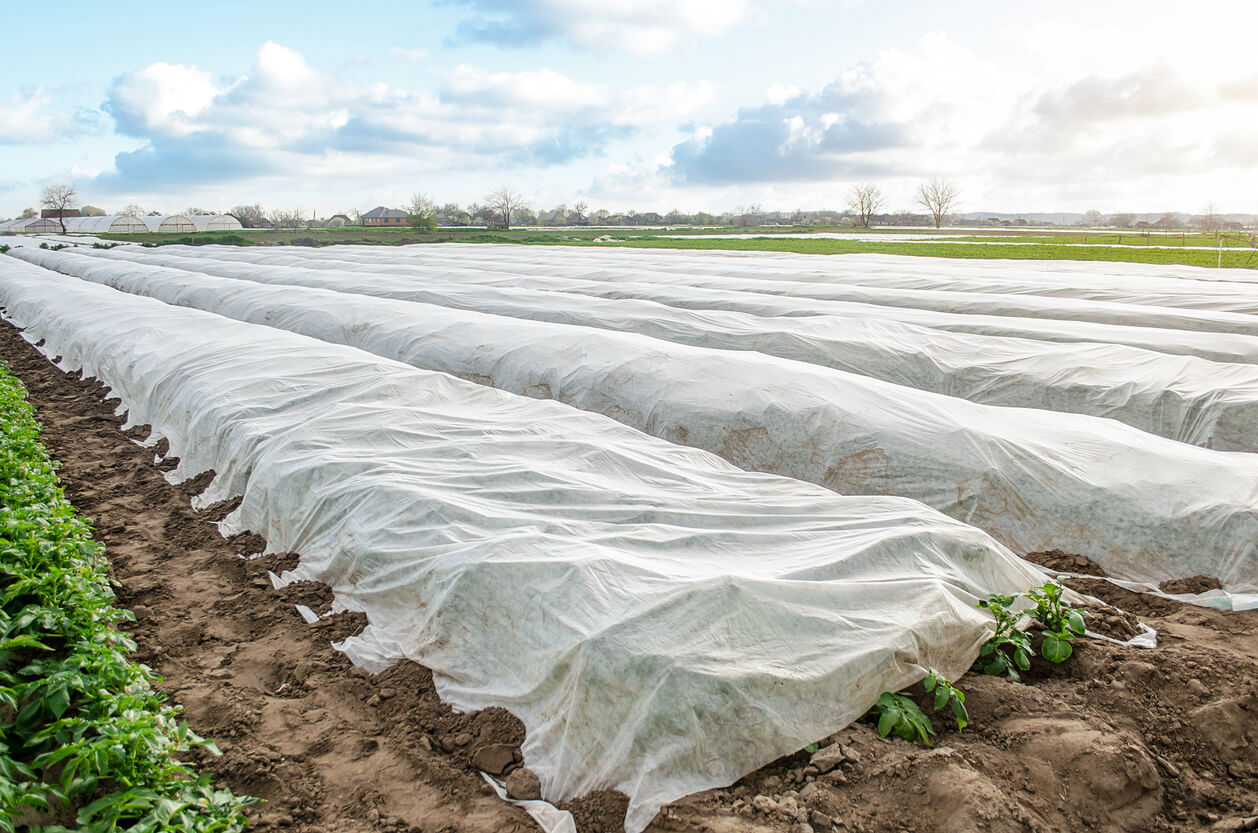 CAES News
CAES News
Cold Protection Options
Whether you’re a home gardener or a production farmer, Georgia’s mild climate allows for a variety of fruits and vegetables to be grown throughout the year. However, with erratic weather events and broad temperature swings during the winter and early spring months, having a few cold protection resources on hand can help you weather the unpredictability.

